The Weather: Transmission levels stay stubbornly high, with 93.3% living in areas with substantial or higher transmission, though fewer at the very highest level. Rates are higher generally in the South, parts of the Midwest, and the East Coast, with lower levels in the West.
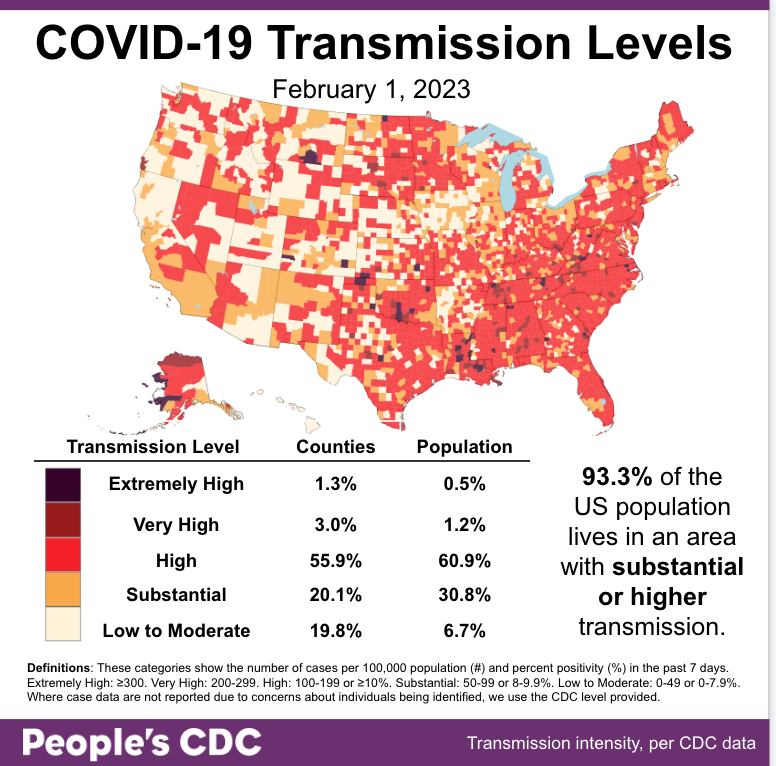
Note: Due to state reporting irregularities, cases may be underestimated in Washington and Wyoming and overestimated in East Baton Rouge, LA.
On Variants: The increase in Kraken (XBB1.5) continues, now making up 66.4% of cases, while the BQ variants decrease.
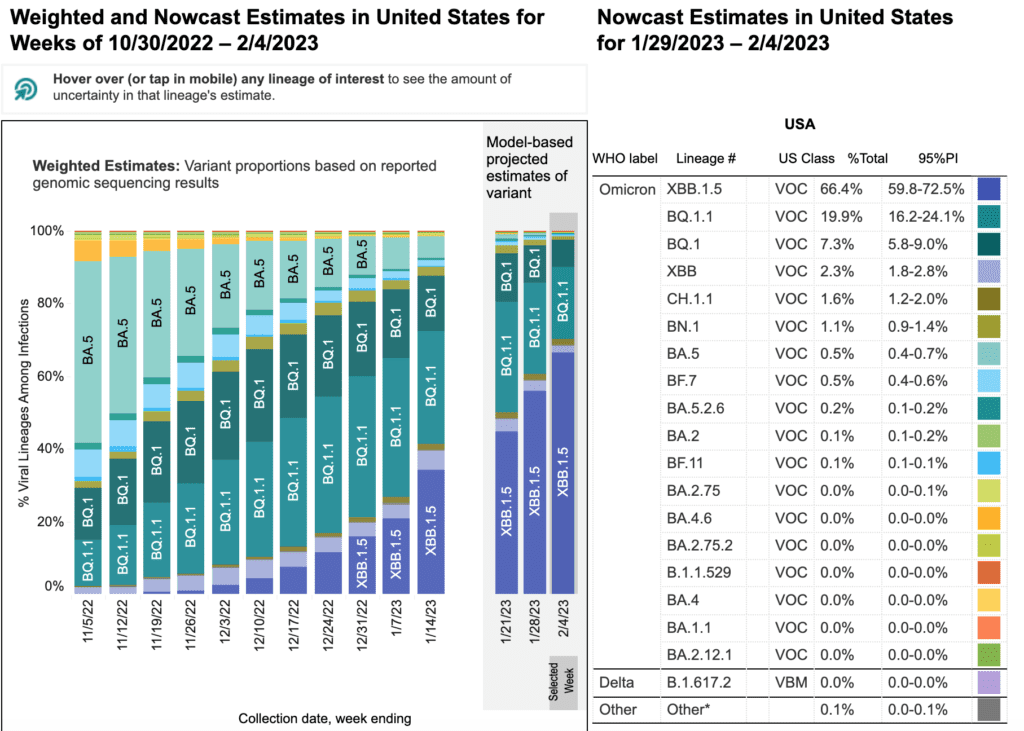
Regional differences continue. Kraken is almost the only strain in the East, and is gaining rapidly in other regions over BQ1/1.1. However, while there were increased hospitalizations in the East, we haven’t seen the same rise in other regions yet.
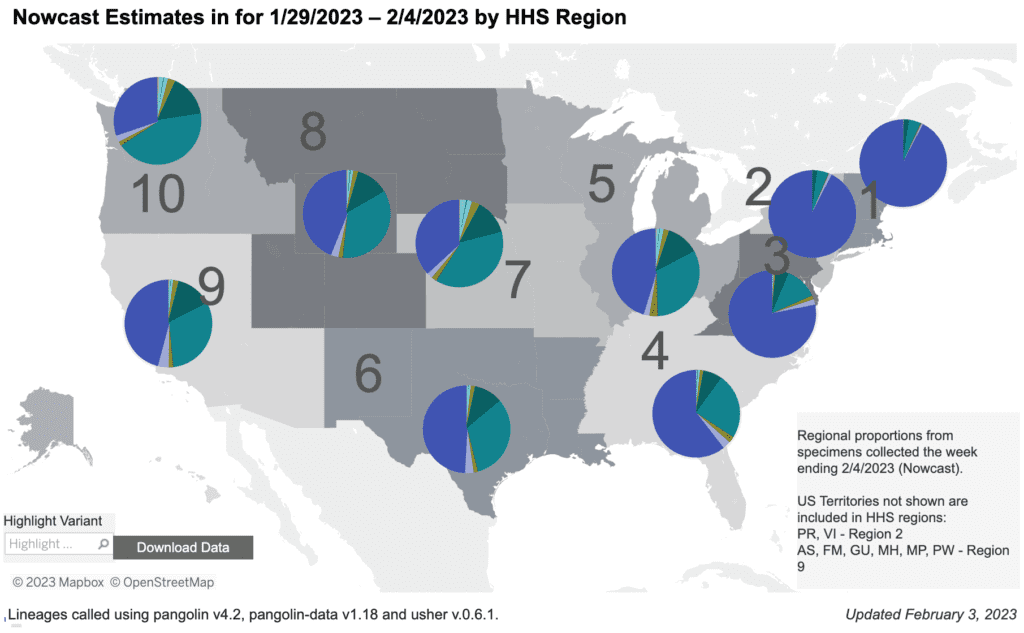
Wastewater Monitoring: National wastewater levels appear to be leveling off, though they are still at very high levels.

Indeed, regionally wastewater levels show a clear leveling off. While this is better than another surge, we are still looking at high, steady rates of disease.
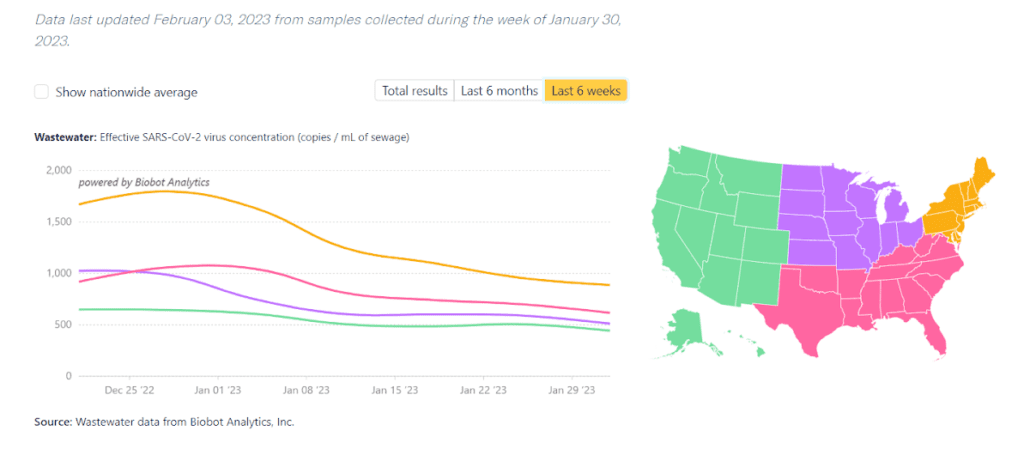
Hospitalizations: There is some better news: hospitalizations for confirmed COVID cases continue to decline. However, levels are still far above the lowest points, in July 2021 & April 2022. Hospital rates are much higher in seniors compared to other ages.

Deaths: The week of February 1, at least 3,452 people died of COVID nationally.15,000 people have already died of COVID in 2023.
As much as some would like to blame these deaths on other causes, it is clear that COVID deaths are NOT being overcounted.
Sadly, a report this week found that COVID is the leading infectious/respiratory cause of death in children (almost double the rate of flu deaths) and the 8th leading cause of death in children overall. Better layers of protection can prevent these deaths.
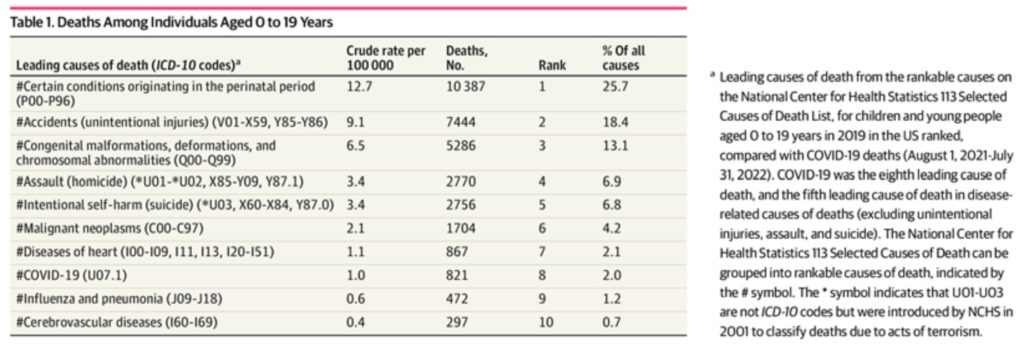
Long COVID: Some individuals with Long COVID develop postural orthostatic tachycardia syndrome (POTS), described in this review. Many symptoms are possible as the cardiovascular system is unable to respond normally.
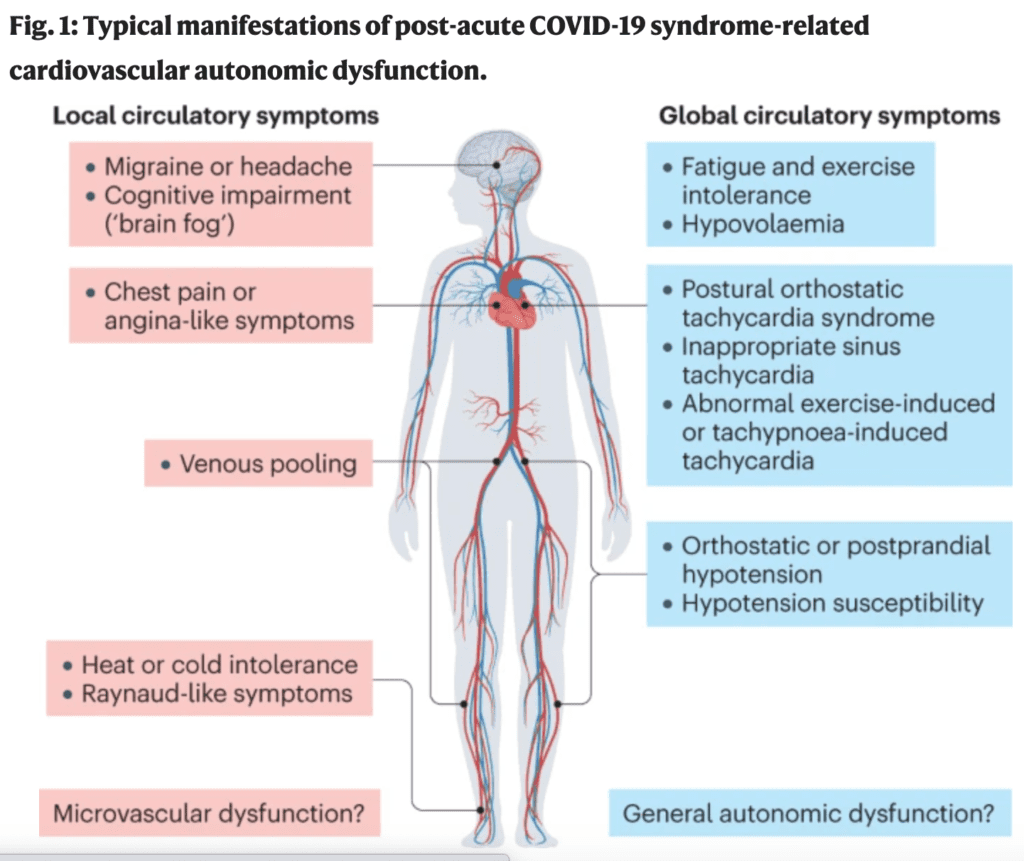
Symptoms “preferentially affect young & middle-aged women, possibly suggesting a genetic predisposition and/or a mechanistic role for sex hormones.” There are tests you can request from a medical provider. Research continues to find more tests & treatment.
Vaccines: As variants continue to evolve, scientists are working to create vaccines that can recognize multiple – or even any – form of COVID, which would be a huge breakthrough.
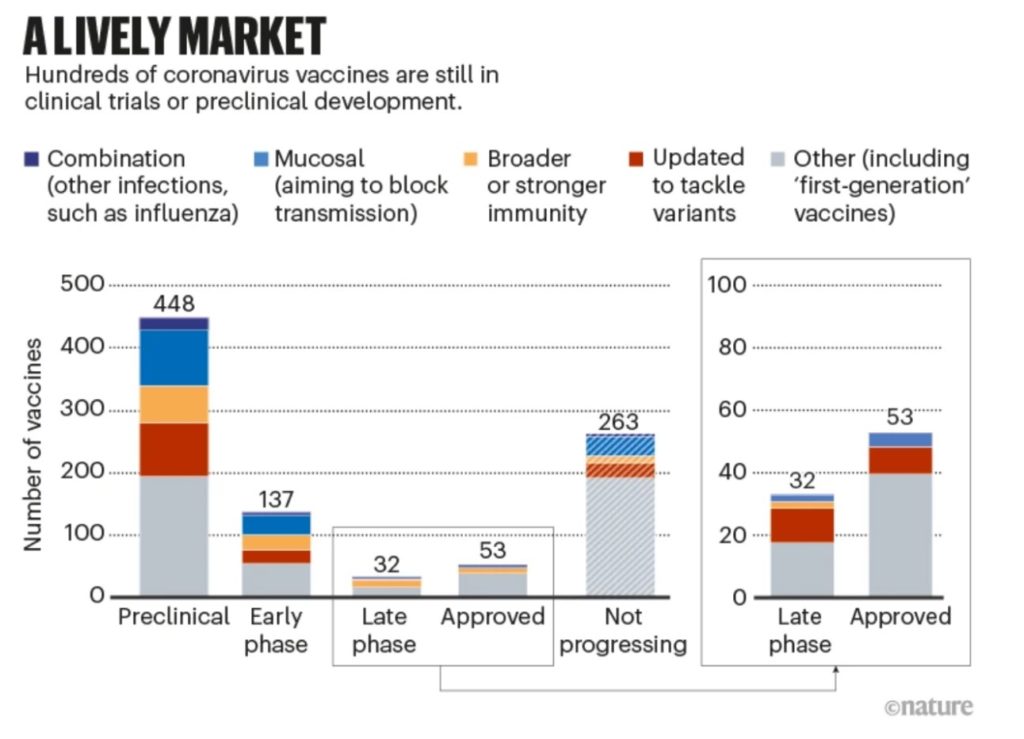
Take Action: This weekend’s Grammy awards featured layers of protection for attendees, similar to Davos last month. Guests must present negative lab-administered PCR tests, and the venues have MERV-15 air filters.
COVID protections should be for everyone — not just the famous, and the rich.

Many groups, including AFL-CIO, are standing strong against moves to end the Public Health Emergency by both the Republicans and the Biden administration, which will increase health risks and health disparities for everyone. https://twitter.com/AFLCIO/status/1620462368378716161
Ending the Emergency will have drastic consequences. This decision is clearly not based on hospitalizations or deaths, as we see steady, high levels.
Some consequences of ending the Public Health Emergency include folks losing access to Medicaid & telehealth, while testing and vaccines will be less affordable.
Join People’s CDC and others and sign this letter demanding officials recognize the ongoing pandemic and maintain the layers of protection needed. https://actionnetwork.org/letters/maintain-healthcare/
If you’ve already signed you can also check out this petition: https://actionnetwork.org/petitions/oppose-ending-the-national-and-public-health-emergency-declarations-2
Notes: 1) The numbers in this report were current as of 2/3. The CDC updates data frequently as it receives refreshed information. Today’s numbers may be slightly different from the data here. 2) Check out the links throughout & see our website for more! https://bej.gbh.mybluehost.me.